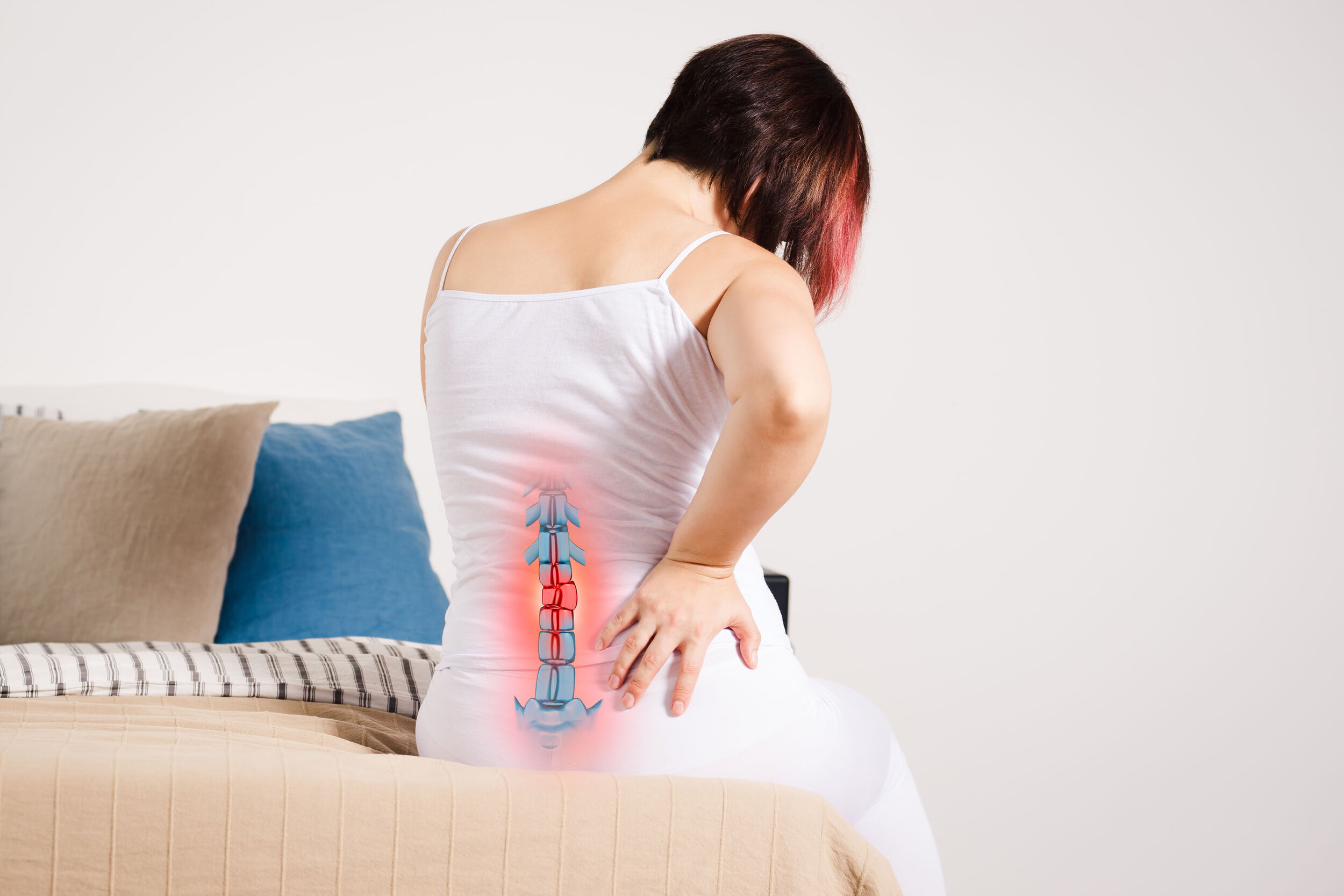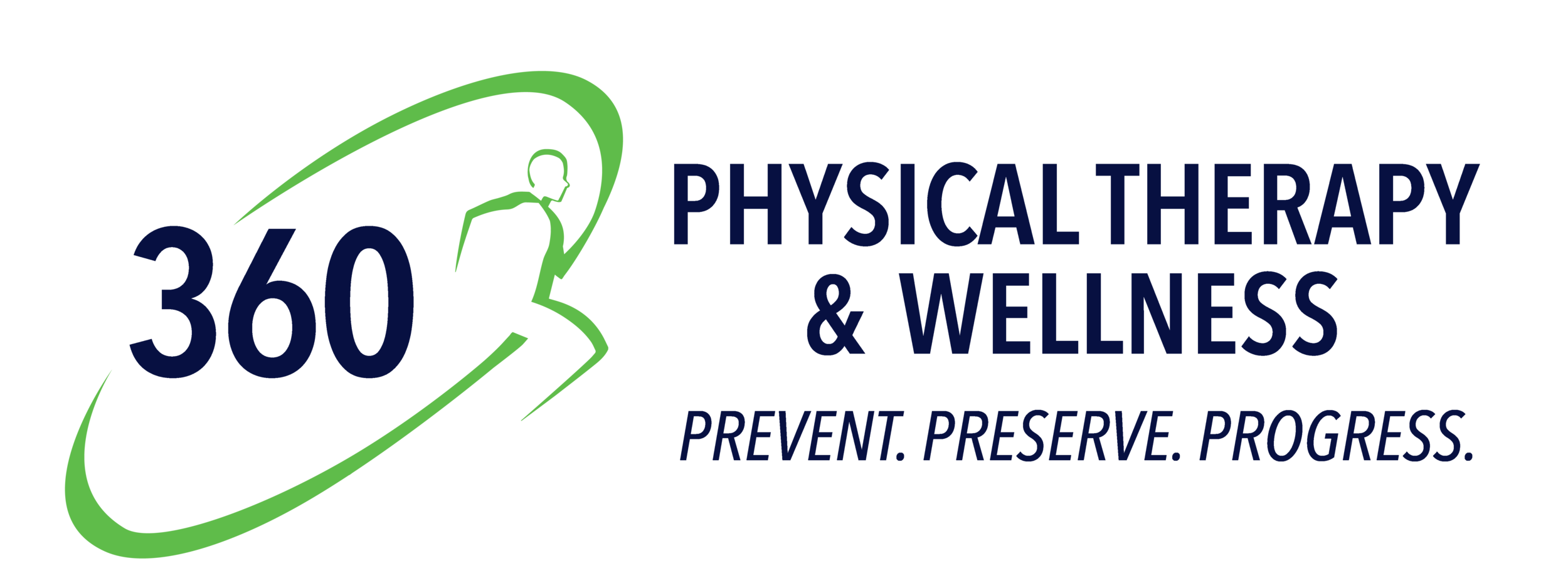
Low back pain the second most common symptom-related reason for a visit to the doctor’s office and is often a reason for missed time at work. Research shows that physical therapy should be the first line of defense when a person experiences low back pain, especially for the first time.
At 360 Physical Therapy & Wellness in Fulton, Maryland we recognize that while medications may help to ease low back pain, they don't address and treat the root cause. We have personally experienced the limitations that low back pain cause and we want to help you live a life free of pain.
As a back pain specialist in Maple Lawn, we are continuously researching, identifying, and applying the best and safest treatments for individuals experiencing low back pain. If you're looking for the best treatments for low back pain and want a safe and effective treatment plan, schedule your consultation today.
RISK FACTORS FOR BACK PAIN
Anyone can develop back pain, no matter your age or physical ability. The factors below might put you at greater risk of developing back pain:
Lack of exercise. The phrase, “use it or lose it” refers to muscles, too. Weak, unused muscles can lead to back pain as your body will compensate by using larger muscles, such as those in the lower back.
Weight gain. Excess body weight puts extra stress on your back.
Age. Back pain is more common as you get older, starting around age 40.
Improper lifting. Always lift with your legs, through your heels. Lifting too heavy of weight, or simply improperly lifting something that isn’t heavy, can cause back pain.
Smoking. This reduces blood flow to the lower spine, which can keep your body from delivering enough nutrients to the disks in your back. Smoking also slows healing.
CAUSES AND TYPES OF LOWER BACK PAIN
There are two types of back pain: chronic and acute. Physical therapy can treat both types of back pain. Chronic pain comes on slowly and lasts longer than twelve weeks. It is caused by wear and tear, degeneration, and even habitual poor posture or weak, overused muscles. Acute pain typically occurs after an injury or accident— it is usually a sharp, instant pain.
We frequently and effectively treat the following back problems with physical therapy are:
Sciatica. The sciatic nerve, or its roots, can be pinched causing malfunctions such as the inability to stand up or weakness in the foot, leg, and knee. The pain, numbness, and tingling is typically felt through the buttocks and down the leg. Physical therapy for sciatica is a safe and effective treatment.
Bulging discs. The soft tissue of the spinal disc pushes through to the bone and rubs against it, causing pain and numbness. The pain can be centrally located, or it can radiate throughout the spinal and into the arms or legs.
Radiculopathy. Pain, weakness, and numbness due to a pinched nerve ending within the spinal column.
Stenosis. Spinal stenosis occurs when the space within your spine narrows, causing pressure and pain within the spinal column. Symptoms include lower back pain, numbness or tingling in the leg or foot, and difficulty walking.
Spondylosis. Commonly known as osteoarthritis, spondylosis is a degenerative disease that can cause back pain, muscle spasms, muscle weakness and stiffness, and headaches.
Arthritis of the spine. A common, usually age-related cause of lower back pain is arthritis. The cartilage between the joints can deteriorate, causing friction between the vertebrae. This friction can cause pain and stiffness localized around the lower back and in the hips.
Spondylolisthesis. A condition that affects the lower back vertebrae, usually as a result of a sports-related injury/repetition. Spondylolisthesis causes the lower vertebra to slip onto the bone causing severe back and leg pain and numbness.
Degenerative disc disease. An age-related ailment, that can cause severe, radiating pain in the lower back. Most people have some degree of disc degeneration, and without treatment, the pain can be debilitating. Physical therapy for back pain associated with degenerative disc disease will help you get back to living your life again!
PHYSICAL THERAPY FOR LOW BACK PAIN AND SCIATICA
A variety of treatment options are available using physical therapy for low back pain and sciatica. A wide range of side effects and dependency can result from taking prescription pain medications. While medications may provide temporary relief, exercise therapy has become a first-line treatment and should be routinely used.
We know that every person we treat is unique and our programs are individually tailored to provide the most effective exercises to relieve low back pain and sciatica. At 360 Physical Therapy & Wellness we use a combination of physical therapy treatments for low back pain including:
Manual therapy. Muscles, joints, or tissues that are inflamed or tense benefit from manual therapy. Your physical therapist will perform skilled, hands-on techniques such as joint manipulation and mobilization, myofascial release, and massage to improve tissue extensibility; increase range of motion; reduce tension; reduce pain; and reduce soft tissue swelling and inflammation.
Joint mobilization/manipulation. Specialized, hands-on manual therapy techniques aimed at decreasing pain, reducing compensations, and improving mobility.
Instrument Assisted Soft Tissue Mobilization (IASTM). A modern version of manual therapy, IASTM breaks down fascial restrictions and scar tissue with a small, ergonomically shaped tool. Studies have shown that IASTM improves range of motion, strength and pain perception following the treatment.
Functional strengthening. Your physical therapist will prescribe exercises individually designed to improve the strength of the lower back and core. We focus on training specific movement patterns to improve your ability at performing everyday tasks, pain-free.
Therapeutic stretching. Stretching is a common intervention performed during physical therapy for back pain to increase muscle length and range of motion and reduce pain.
Dry needling. The certified professionals at 360 Physical Therapy & Wellness use hypodermic needles to deactivate trigger points in muscles, thereby decreasing pain and improving function and performance. Trigger point dry needling is a common technique used to address back pain and sciatica.
Electrical stimulation. Studies have proven that electrical stimulation therapy for sciatica can effectively reduce pain and tissue damage. Electrical stimulation is a therapeutic treatment that applies electrodes to the surface of the skin, treating muscle spasms and pain. Electrical stimulation maintains muscular strength, reduces inflammation, and improves range of motion.
360 Physical Therapy & Wellness is your back pain specialist in Howard County, Maryland. You can feel confident knowing that you will receive the highest level of evidence-based care for your low back pain.



